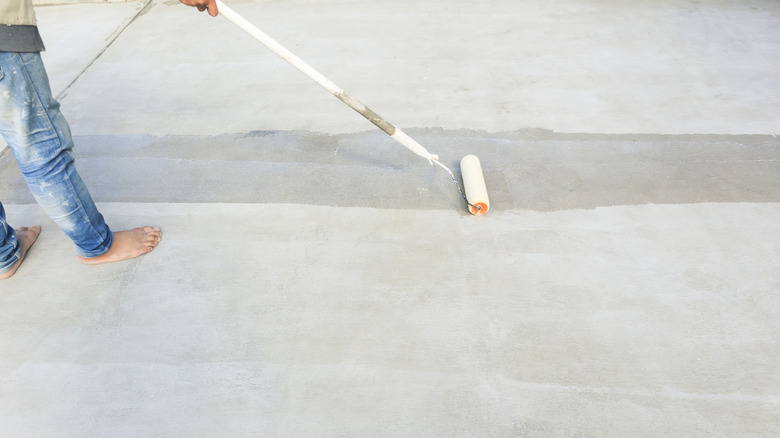How To Choose The Right Sealant To Protect Your Patio From Winter Damage
Winter can be extremely tough on concrete patios. Between soggy leaves trapped under a blanket of snow and sheets of ice that melt and refreeze during temperature swings, unsealed concrete can quickly become stained or cracked. Sealing your patio before cold weather arrives is a simple step that protects your family's ultimate gathering spot from damage. Skipping this basic maintenance task means you're likely to experience headaches in the spring. Without sealant, water gets into tiny openings, freezing and expanding, which can chip or crack your concrete. And, salt, dirt, and decaying leaves can sink deep into the surface, leaving blotchy stains that are impossible to remove. Doing a little annual prevention means you'll spend less time pressure washing, patching, or even resurfacing your patio year after year, and choosing the right sealant is crucial for this. To pick the right one, you'll need to consider how much wear and tear your patio gets, how harsh the winters are in your area, and whether you want a glossy finish or a more natural look.
There are three types of concrete sealers. Acrylic sealants are a cost-effective option that sits on the surface, adding just a little bit of sheen while protecting your concrete against water and UV damage. Epoxy sealants are more challenging to apply and take longer to cure since they form a thick and durable coating that holds up even in extreme weather. Penetrating sealants are the hardest to DIY, since they soak into concrete, blocking moisture from within while keeping the surface looking natural. Each option has pros and cons depending on your climate, lifestyle, and aesthetic preferences.
How and when to seal your patio for the best protection
Choosing the right concrete sealant depends mostly on the conditions you expect each winter. Acrylic sealants are ideal for warmer climates where UV resistance matters more than protection from harsher elements. Epoxy sealants offer the toughest surface, which is great if you have a covered patio that gets lots of use all winter long, but aren't ideal in wet conditions that can leave the surface dangerously slick. Penetrating sealants perform well during freezing and thawing cycles since they protect from within. And, since they keep concrete surfaces naturally slip-resistant, they're the best option if you live in an area with frigid winter temperatures.
Before you apply any sealant to your concrete patio, remember that timing and preparation make all the difference. Wait for a stretch of dry weather with expected temperatures that are within the manufacturer's recommended range for whichever product you select. Make sure your patio is completely clean before winter arrives by removing debris, giving stains a good scrub, and patching any chipped or cracked areas. No matter which type of concrete sealant you choose, it will lock in anything underneath, so make sure you get rid of any dirt, grease, or damage prior to application. Most sealants can be applied with either a roller or a sprayer, and the best method will depend on the size of your patio. Working in small sections, be careful to avoid heavy buildup or puddles that will dry unevenly. Give the patio at least 48 hours to fully cure. Repeat the sealant application process every two years, or more often if your patio is regularly exposed to extreme weather.

